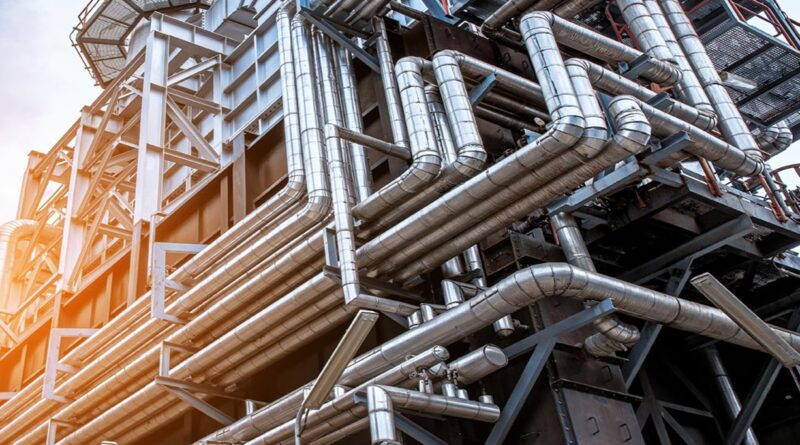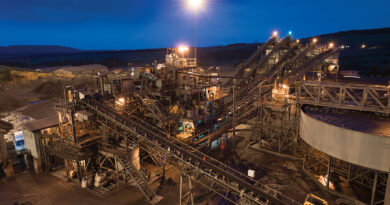Cutting emissions intensity will give refineries competitive edge
Despite peak oil demand being on the horizon, refiners fight for their survival. Whereas expanding the product mix will be vital, emissions intensity is also fast becoming an edge for competitiveness. Fortunate refiners that achieve high net cash margins with low emissions intensity can provide the refining sector with a platform to adapt to the energy transition.
OIL DEMAND GROWTH WILL STOP, THEN FALL
Although the Covid-19 pandemic was a sharp shock to global oil demand, short-term recovery is well underway. Actually, we expect demand to exceed 2019 levels in Q3 2022. Growing global populations, rising urbanisation and increasing economic activity continue to drive oil demand higher, projecting a peak of near 108 million b/d in the mid-2030s.
Despite recent capacity rationalisation, new sources of supply outpace demand growth. Refinery utilisations and margins will improve, but won’t repeat recent highs. When global oil demand peaks, the refining sector faces sustained capacity rationalisation.
OUTLOOK FOR REFINING
Whereas demand for refining’s classic products will fall, there are growth opportunities in other areas. The demand for petrochemicals is expected to grow through to 2050, supporting greater integration as a way of capturing volume and value growth.
Low-carbon liquid fuels such as biofuels or synthetic e-fuels, also align to the central capabilities of refiners, who safely operate large-scale continuous chemical transformation processes.
REFINERS MUST DECARBONISE TO REMAIN COMPETITIVE
As refining is energy-intensive, its emissions – primarily from fuel combustion – account for around 3% of global energy sector CO2 total emissions. The more sophisticated the refinery, the higher the emissions tend to be.
Refinery emissions are currently poorly correlated with site profitability. Complexity is only one of the key drivers of site net cash margin – along with location, scale, and crude diet. Carbon charges on a refinery’s emissions shift the dynamics, however.
At present, only Singapore and Europe impose a carbon charge on refinery emissions – as of September 2021, European refiners are exposed to a charge of over €50 per tonne. This has had a material adverse effect on site profitability. Read the full report for a more detailed look at the impact of carbon charges on European refiners – and what this means for the sector.
Refining’s role as a conversion business can provide a long-term future. Decarbonising the world will require large volumes of low carbon liquid energy carriers. Refiners need to be prepared to partner with others to pilot new technologies and approaches to delivering low carbon fuels. Policy support will be crucial.
These are the sites most likely to attract this type of investment and best placed to adapt to the challenge of the energy transition. Falling demand for liquid fuels does mean that not all refining sites will survive. Portfolio rationalisation will focus investment on the most sustainable sites.




